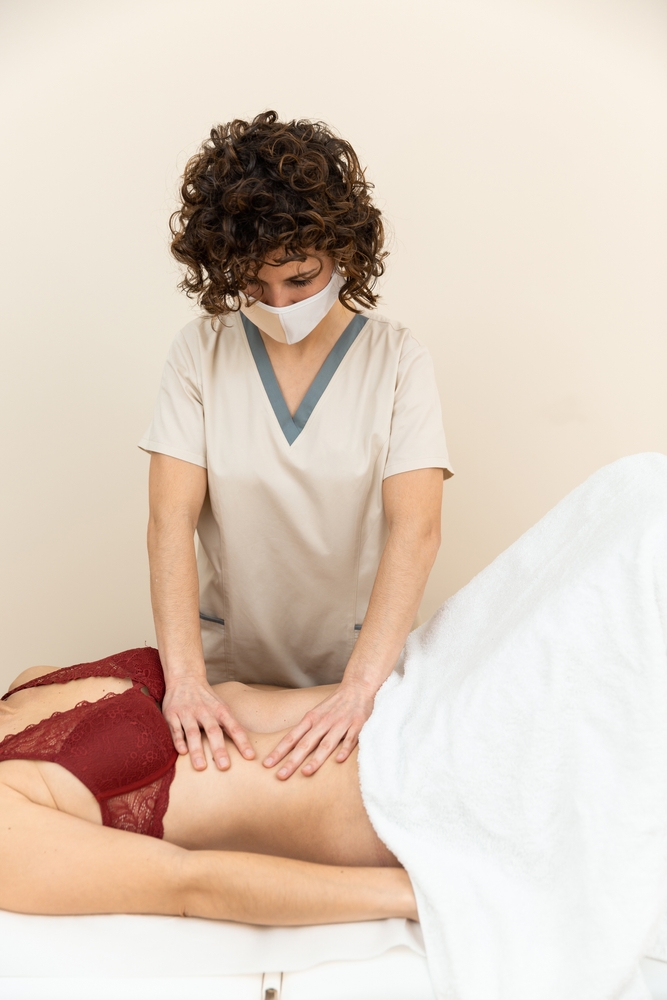Step 1
Contact us at:
647-370-5162
hello@getrightphysio.com
Complete intake form.
Our intake specialists are waiting to assist you.
Step 2
Let us learn about you:
Speak to our client coordinator so we can understand your unique circumstances to match you with the right therapist to help you reach your goals.
Step 3
Our team comes to you!
We will book you in within 24-48 hours at a time that works best for you. Our therapist shows up at your door with everything needed to get you closer to your health, mobility and client-centred goals!
